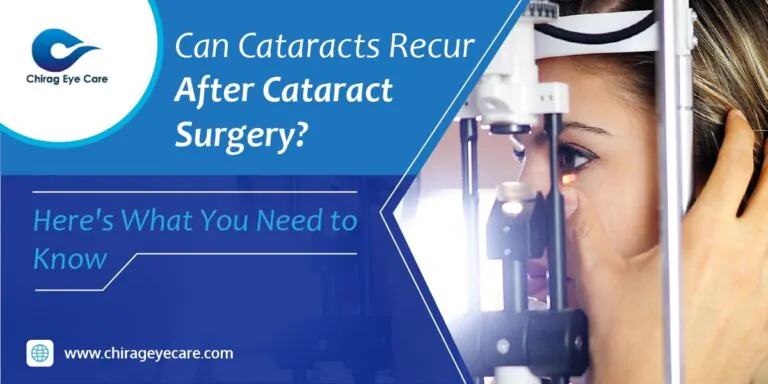Common Eye Conditions and Their Treatments: A Comprehensive Overview
Our eyes are one of the most important organs we possess, and the health of our eyes plays a crucial role in our quality of life. Unfortunately, despite our best efforts, various factors can cause damage to our eyes, leading to eye conditions that can significantly impact our vision and well-being. In this blog, we will provide a comprehensive overview of some common eye conditions and their respective treatments.
Cataracts
Cataracts are one of the most common eye conditions and typically occur as we age. They form as a result of the natural ageing of the eye or prolonged exposure to ultraviolet light. Cataracts occur when the lens in our eyes become cloudy, leading to blurred vision, and can eventually cause vision loss. Cataract surgery is a common treatment option, where an artificial intraocular lens is implanted into the eye to replace the damaged one, restoring vision.
Glaucoma
Glaucoma refers to a group of eye conditions that damage the optic nerve, leading to vision loss or even blindness. This damage is often caused by a buildup of pressure in the eye, known as intraocular pressure. Treatments for glaucoma typically involve the prescription of eye drops or medications to reduce pressure in the eye. In some cases, surgery may be necessary.
Age-related Macular Degeneration (AMD)
AMD is another prevalent eye condition, primarily affecting individuals over the age of 50. This disease damages the retina, causing loss of central vision, and can also lead to color vision
deficiencies. While there is no cure for AMD, treatment options such as injections and laser therapy can help slow down the progression of the disease.
Diabetic Retinopathy
Diabetic retinopathy is a complication of diabetes that affects the blood vessels in the retina. This condition can cause significant damage to vision and may even lead to blindness if left untreated. Treatment options for diabetic retinopathy typically involve laser therapy, injections or surgery.
Dry Eye Syndrome
Dry eye syndrome occurs when our eyes are unable to produce enough tears, leading to persistent dryness, irritation, and discomfort. Treatment options for dry eye syndrome may involve the use of artificial tears or medication to increase tear production. Changes to lifestyle habits such as reducing screen time and increasing rest breaks can also help alleviate symptoms.
Conclusion
There are several other notorious eye conditions that we haven’t covered in this blog, such as conjunctivitis, presbyopia, and retinal detachment. However, understanding some of the most
common eye conditions and their treatments is essential in ensuring that we can take necessary precautions to protect our vision. Regular eye examinations with an eye care professional can help detect eye conditions early on and prevent further damage. Remember to maintain a healthy lifestyle, limit exposure to harmful environments, and take care of your eyes to preserve your vision for the enjoyment of life.







